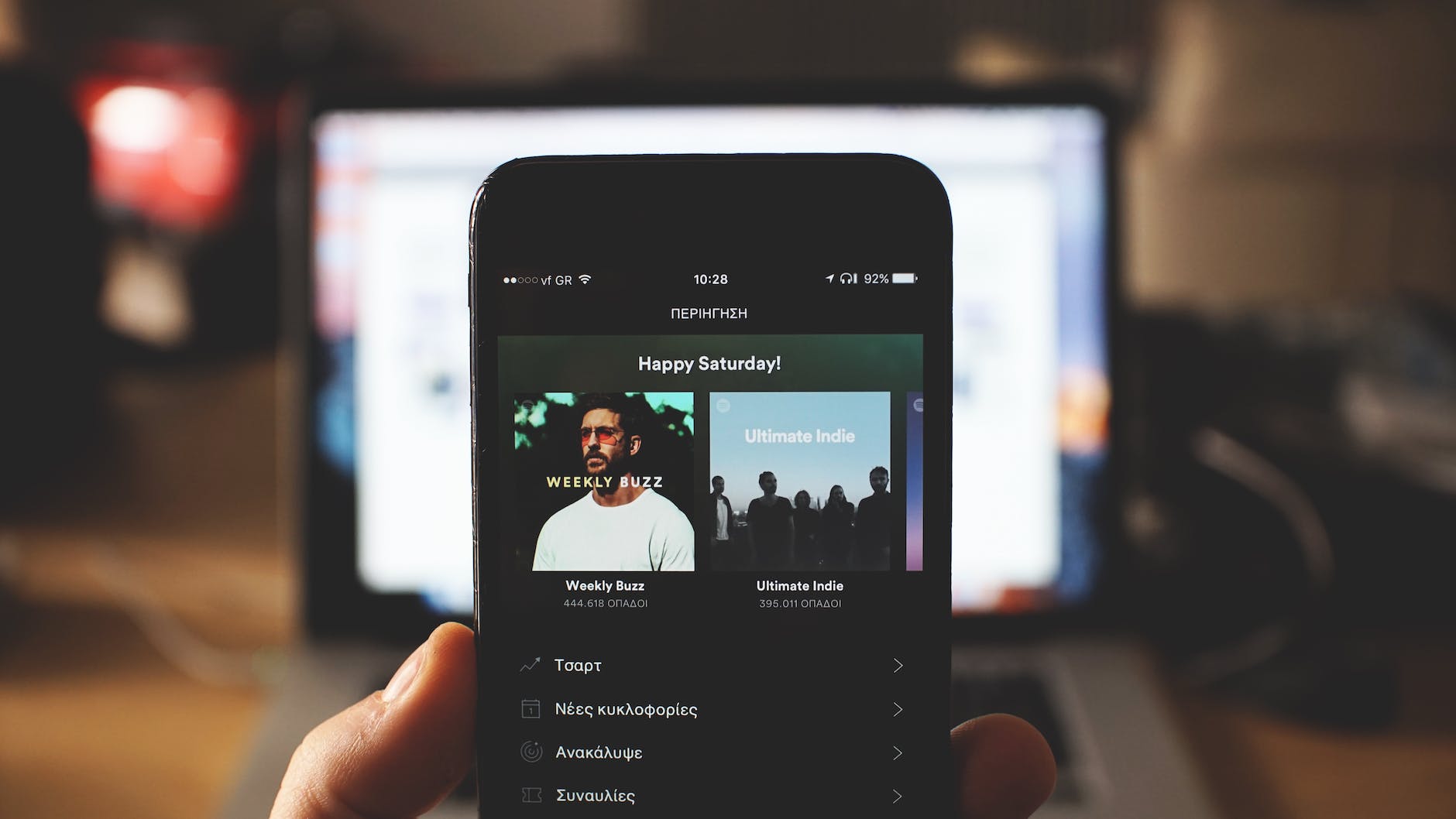Spotify, the world-renowned music streaming platform, has rolled out its new streaming payment policy for artists and labels after weeks of speculation. The announcement has confirmed the concerns of many within the music industry, particularly the smaller artists who stand to lose out under the new regime. Under the latest policy, tracks that fail to achieve a minimum of 1,000 streams per year will no longer qualify for any form of payment.
The move by Spotify has raised eyebrows across the industry, considering the platform’s already criticized reputation for providing minimal compensation to artists. With the implementation of this policy, a subset of artists will now face the stark reality of receiving no payment for their presence on Spotify, relegated to the sole benefit of having their music hosted on the platform. Spotify has cited fraud prevention as the rationale behind this decision, asserting that the funds previously directed towards smaller artists and supposed fraudsters will now be redistributed to those who surpass the 1,000 stream per annum threshold.
The broad-strokes approach to anti-fraud measures has inadvertently affected a group of content that Spotify has classified under the “noise” category. This includes nature sounds and white noise intended for relaxation purposes. The policy change specifically targets noise tracks shorter than two minutes, which will no longer receive payment from Spotify. The platform has also indicated plans to overall reduce royalty payments for such auditory content, distinguishing them from “actual songs,” though specifics on this adjusted royalty model have not been disclosed.

In what Spotify has positioned as a silver lining, the company has publicized that these cumulative cuts would inject an additional $1 billion into the artist pool over the next five years. However, the opacity remains, as Spotify has not clarified how these funds will be allocated. The company insists that it will not profit from these changes.
Although Spotify claims that 99.5 percent of all streams meet the minimum streaming criteria set forth, the 0.5 percent that does not still represent a considerable sum of $40 million annually. The discrepancy between this figure and the promised $1 billion earmarked for established artists over the next five years — equivalent to $200 million per year — has been a point of contention. Further, Spotify declares that songs gathering fewer than 1,000 streams annually amount to an average of $3 each, challenging the weight of discontent surrounding the issue given the small sum. Nevertheless, there’s a broader implication and a precedent at stake with this policy change.
Spotify had also highlighted the issue of artificial streaming, where creators allegedly flood the platform with a vast number of tracks to accumulate revenue, albeit negligible on a singular basis. The company asserted that combined, they represented a significant financial tactic, hinting at the use of automated systems to inflate streaming figures. The new 1,000 stream minimum is intended as a barrier for such activities, though it inadvertently penalizes legitimate small-scale artists.
Moreover, artists not reaching the 1,000 streams within the past 28 days are also barred from Spotify’s latest marketing tools—the ones that allow artists to invest in the promotion of their music directly on the platform’s home feed, which could further help them achieve wider exposure and presumably more streams.
In unrelated but impactful news, Spotify has announced its withdrawal from Uruguay following the passage of legislation mandating fair artist compensation. The company had previously expressed its concerns when the bill was proposed in July and has now acted on its warning. A communication from a Spotify representative to Uruguay’s Minister of Education, Pablo Da Silveira, criticized the bill, suggesting that it would require them to double the amount paid in royalties, rendering their business model unviable.
In conclusion, Spotify’s revamped streaming payment policy denotes a fundamental shift in the company’s approach to royalties and anti-fraud enforcement. While it’s positioned as a move to maintain the platform’s economic integrity and reward popular content, the policy has far-reaching implications for small-scale artists and the broader landscape of digital media distribution. It remains to be seen how these changes will shape the platform’s relationships with artists and the listening experiences of consumers in the years to come.



